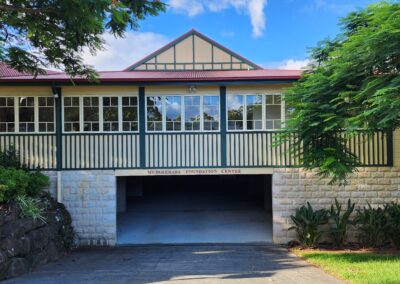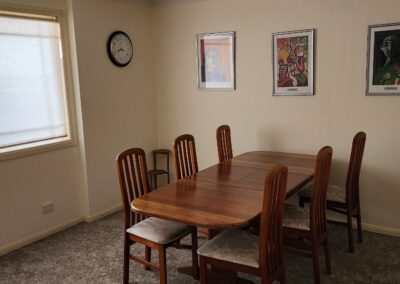Safety Checklist
Book Mediation
This checklist serves as a practical guide to enhance your safety and well-being.
- The key to ensuring your safety is for individuals to refrain from abusive behaviour. Remember, you are not to blame for their actions.
- Safety planning assists in preparing for potential harm from those prone to violence.
- In case of immediate danger, call the police at 000.
- For emergency calls using TTY or the National Relay Service, visit – http://relayservice.gov.au/making-a-call/emergency-calls.
Safety at Home – Community Support
- Don’t hesitate to talk about your abuse; there is no shame. Combating violence is a collective responsibility.
- Inform neighbours to call 000 if they hear concerning noises from your home. Reassure them that it’s acceptable to call for help.
- Establish a signal system with neighbours through party walls if possible.
- Develop an escape plan for potential escalation. Identify rooms with accessible exits and ensure you have the means to unlock windows.
Avoiding Traps
- Despite potential risks, enhance your safety by knowing escape routes during the day and night.
- Familiarize yourself with contacting a taxi, domestic violence crisis helpline, local police, and other emergency services.
- Keep your phone charged and leave emergency contact information and cash in a secure place.
- Create an escape bag with essentials, including spare keys, important documents, cash, and prescription medicines.
- Plan for mobility issues and pet care in case of emergencies.
Children’s Safety
- Discuss warning signs of danger with your kids, keeping the conversation practical.
- Practice emergency escape routes and fire drills with your children.
- Teach children to prioritize their safety and not intervene in violent situations.
- Ensure children know how to call 000 and share their address in an emergency.
- Communicate with your child’s school about the violence, providing necessary documentation and information.
Home Safety After Separation
- Enhance home security with outdoor lights, locks, and secured entry points.
- Establish a plan for contacting local police in case of threats or disturbances.
- Change locks on doors and windows, and inquire about security upgrades at the local police station.
- Inform relevant services about address changes to maintain privacy.
Safety in Public or at Work
- Park in busy public spaces and avoid underground car parks.
- Change your daily routes and timings to reduce predictability.
- Inform your workplace about protection orders and keep a copy on hand.
Safety on the Internet
- Use public computers or a friend’s computer to prevent access by abusers.
- Change passwords on all online accounts to something unguessable.
- Adjust social media privacy settings to restrict access.
- Suspend social media accounts to avoid disclosing your location.
- Change email addresses or create a new one for communication with the abuser.
Safety Planning for People with Disabilities
- Develop a safety plan with contact numbers for domestic and family violence organizations.
- Identify safe places, emergency contacts, and ways to access money and personal care assistance.
- Address specific challenges related to disabilities in the safety plan.
Seeking Help and Using the Law
- Contact emergency services immediately if in danger.
- Talk to someone you trust about the situation and seek support from domestic violence services, counsellors, or the police.
- Utilize legal avenues, such as protection orders, to increase safety.
- Keep informing people until you receive the necessary help. You have the right to be believed and to feel safe.
Safety Plan Phone List
Ensure you have a comprehensive list of emergency contacts, including police, family, friends, neighbours, legal services, and support organizations. Keep this list readily available for quick access in case of emergencies.








